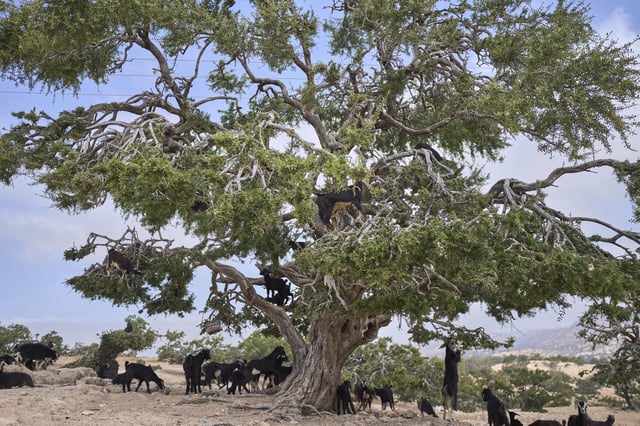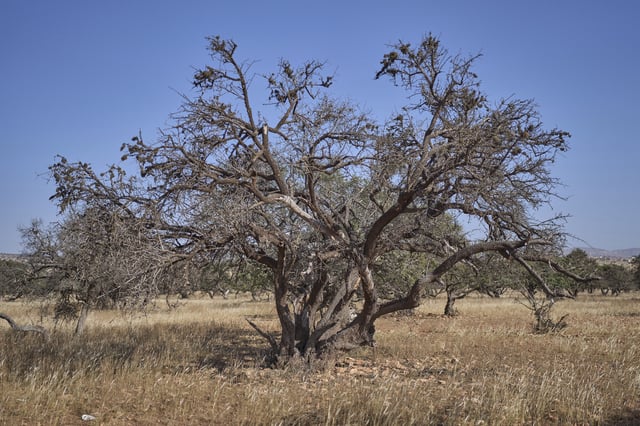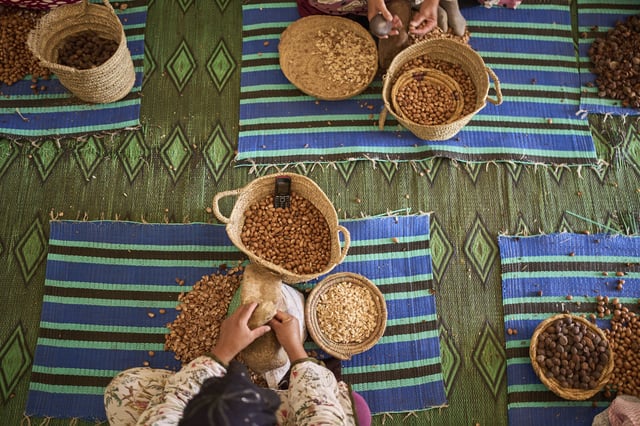Overview
- Morocco’s argan forest cover has declined by about 40% since 2000 due to intensified drought, overharvesting and damage from goats and camels
- Women in rural cooperatives earn roughly $3 for two days of work producing one kilogram of argan oil, leaving most profits to intermediaries and exporters
- Olvea commands approximately 70% of Morocco’s argan oil exports, limiting cooperative bargaining power and concentrating market profits
- Reforestation efforts launched in 2018 with caper intercropping have yet to yield fruiting trees amid ongoing dry conditions and livestock pressure on seedlings
- A revamped storage facility program set for 2026 aims to strengthen cooperatives’ negotiating leverage and more equitably distribute revenue



